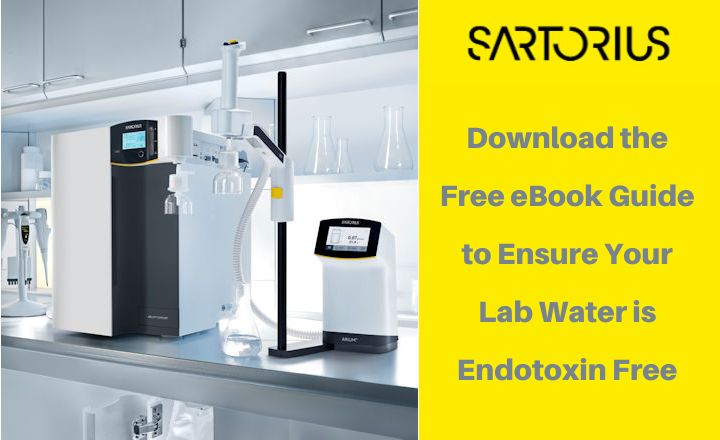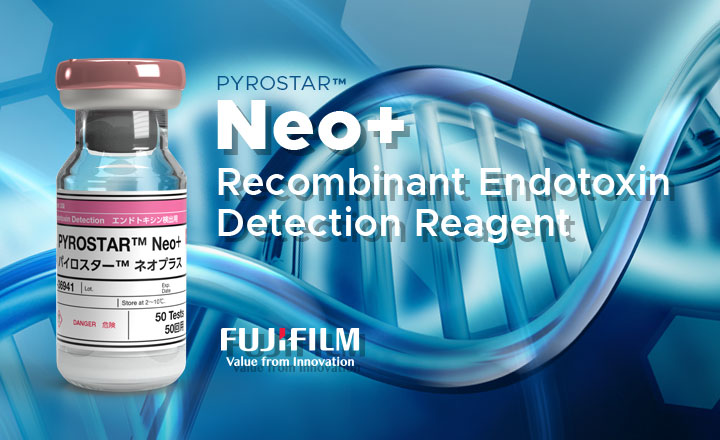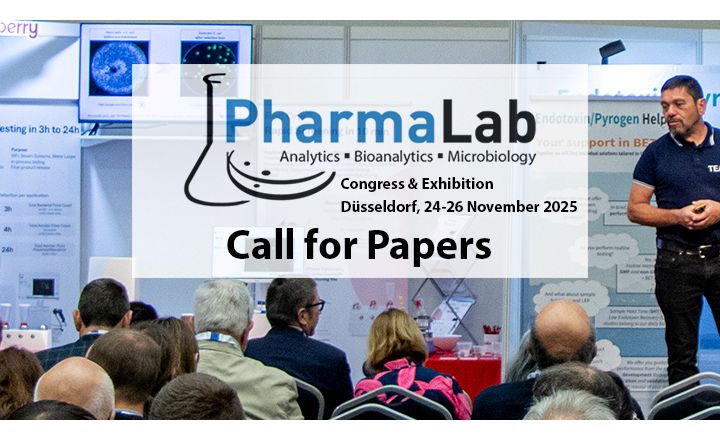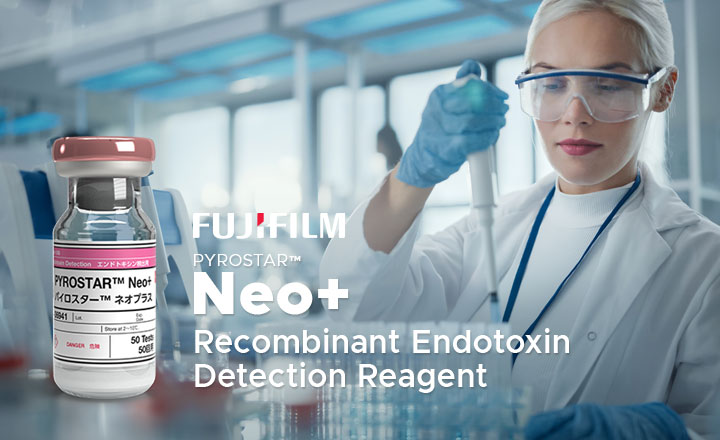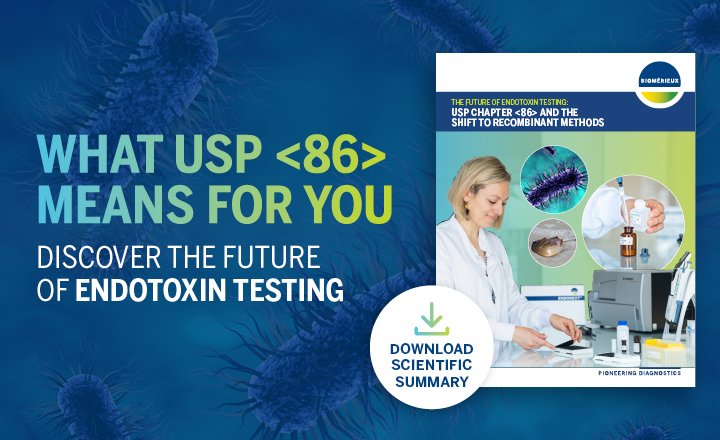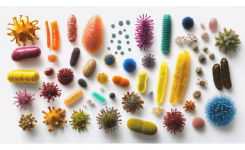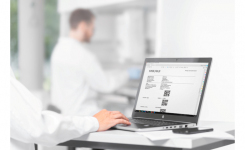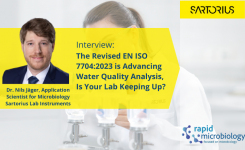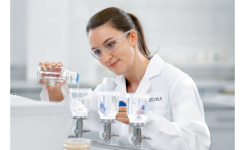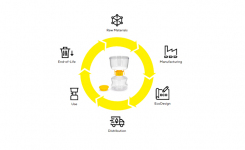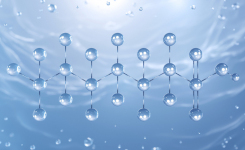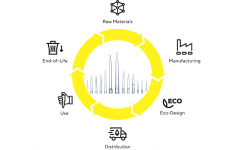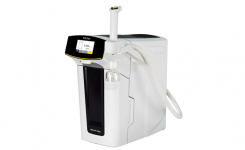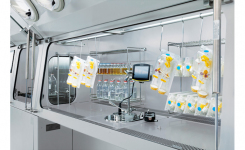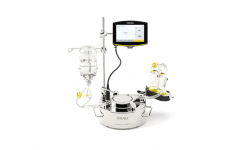Any laboratory procedures that use water need good quality laboratory water to ensure reliable, consistent, and accurate results.
Endotoxins are toxic substances found in the outer membrane of Gram-negative bacteria that can elicit strong immune responses and contribute to the pathogenicity of these bacteria.
When conducting endotoxin testing, whether through the Limulus Amoebocyte Lysate (LAL) assay or the recombinant Factor C (rFC) test, it becomes even more critical to ensure that all labware, reagents, and laboratory water are certified to be free of endotoxin contamination. Inactivation and destabilization of endotoxins is difficult because they have high heat tolerance and the ability to tolerate extreme pH values. Also, their removal is tedious as the lipopolysaccharides contain a hydrophobic lipid moiety and a hydrophilic phosphate group.
Therefore, the most effective way to achieve an endotoxin-free level for products is to avoid exposure to the possible sources of endotoxins in the first place. Contamination of lab equipment and water supply with endotoxins can lead to false positive results, necessitating assay repetition. Such practices are undesirable and cost-inefficient, particularly when working with costly and short-lived products like cell and gene therapies.
Ensuring all plastic ware is certified by the manufacturer as endotoxin-free is the approach for disposables. However, a key potential source of endotoxin contamination can be the laboratory water supply; how can this be addressed? In this rapidmicrobiology interview with Dr. Kunal Kureja, Application Scientist for Lab Water at Sartorius AG, we explore what type of ultrapure water is suitable for use in endotoxin analysis and how to validate and verify it is endotoxin-free.
Q: Why is using ultrapure water to perform endotoxin testing important?
Dr. Kureja: Ultrapure water is purified to a higher quality grade than untreated or pure water, with very low levels of impurities. This is particularly important for analytical analysis, as even small amounts of contaminants, such as endotoxins, can lead to false results, impacting both testing time and experiment costs. Today, managing expenses is crucial in the lab, making it even more important to have reliable and consistent ultrapure water for sensitive applications.
Q: Does ultrapure water quality differ, and how?
Dr. Kureja: Yes, the quality of ultrapure water can also vary depending on the components used in the water system. Classical ultrapure water systems typically use ion exchange resins to remove nearly all charged molecules from the water. However, if high-quality analysis is required for analytical or life science experiments, ion exchange resins alone are not sufficient. Additional purification technology is necessary. For example, if endotoxin-free water is required, it is highly recommended to use an ultrapure water system that incorporates ultrafiltration technology. Ultrafiltration technology is based on hollow fibers with a molecular weight cut-off of 5-15 Da. This ensures that impurities such as endotoxins, RNase, and DNase molecules are also removed from the water.
Q: Are there any guidelines that would support users in selecting the right ultrapure water quality?
Dr. Kureja: There are various standards available, such as Pharmacopoeia, ISO, or ASTM, which provide guidelines for the appropriate water quality required for specific applications. One of the widely recognized laboratory standards is the ASTM D1193 water quality classification, which specifies water purification technologies and quality parameters. Additionally, for specific applications, supplementary sub-standards can assist in determining the appropriate water quality needed. For instance, for biological grade water, ASTM D5196 can be taken into consideration.
Regarding endotoxin testing, the kinetic-turbidimetric LAL test is a quantitative method known for its higher sensitivity compared to gel-clot methods, with a detection limit of 0.001 EU/mL (EU = endotoxin units). Therefore, water with an endotoxin content below 0.001 EU/mL is required. Water purified using Arium® Pro VF is capable of achieving an endotoxin content below 0.001 EU/mL, depending on the quality of the feed water.
Q: Are there some guidelines on the best practices and potential pitfalls when handling ultrapure water?
Dr. Kureja: When working with ultrapure water, it is crucial to follow some simple rules to ensure high water quality. The first rule is to always work with freshly produced ultrapure water, as stored water can be prone to adsorbing impurities, leading to a higher risk of cross-contamination and changes in conductivity, as well as an increased level of impurities. For further information on this topic, which is really crucial, please download the free eBook here, where we have a nice and brief overview of the so-called Golden Rule and how to handle UPW.
Q: Besides endotoxins, what other contaminants could play a role in quality testing labs, specifically with regard to analytics?
Dr. Kureja: For sure, aside from endotoxin testing, there are a lot of other critical analyses. For example, inorganic salts can interfere with protein-protein interactions, lead to inaccurate elemental and ion measurements, and inhibit DNA polymerase activity, which can lead to poor PCR results. Whereas organic compounds can cause increased baseline noise and reduced sensitivity during HPLC experiments, and decreased HPLC column life. Therefore, it is always essential that you consider what type of analysis you want to proceed with, and which impurities may affect your assay.
A water purification system is one of the vital investments you make when building a laboratory. Water purification systems come in many different sizes and capabilities. Ultimately, you can use one ultrapure water system for more than one applicative technology. If you need help finding the right system, we recommend contacting us using the green "Request Information" button below.
One last question: does implementing an ultrapure water system in the lab depend on the available space and the system's quality?
Dr Kureja: Laboratory water purification systems can be configured in two ways: centralized or point-of-use. A centralized system provides water to an entire facility, while point-of-use systems are dedicated to one laboratory or application. Instrument systems with flexible installation help manage limitations around space in the laboratory.
The Arium® systems, for example, offer more compact designs in addition to table-top, wall-mount, and under/inside workbench installation options. Another space-saving option available with the Arium® systems is the Smart Station. It allows for installing multiple remote dispensing points using flexible tubing that pulls ultrapure water from the main system. These satellite dispensing points require much less space compared to a complete system. Further details are available on our website.
Download a Free eBook Guide to Ensure Your Lab Water is Endotoxin Free here
About Dr. Kunal Kureja



